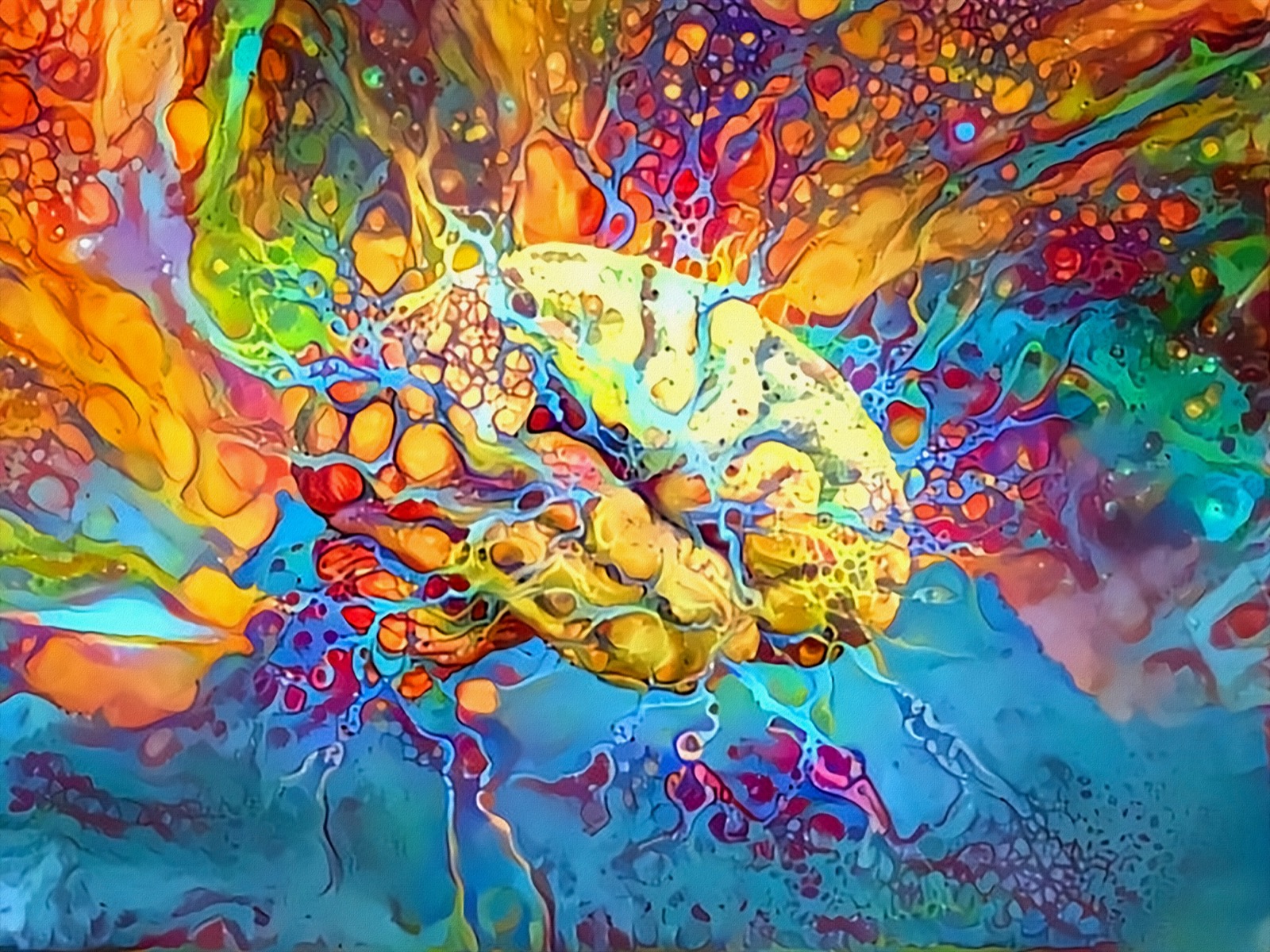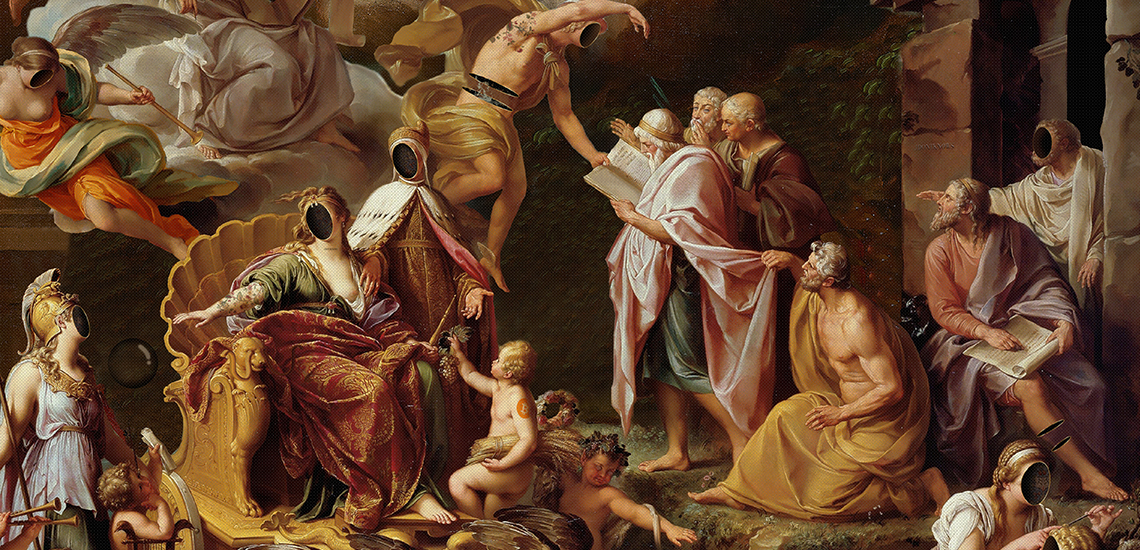The Duty of Trump Art in Shaping Cultural Conversations Around Management
The Duty of Trump Art in Shaping Cultural Conversations Around Management
Blog Article
Embarking on a Visual Journey With the Lyrical Analyses of Nature in Impressionist Landscapes
Each brushstroke, each play of light and shadow, and each color option in their works talks quantities concerning the musicians' deep connection to nature and their capacity to equate its charm onto the canvas. As we discover the lyrical interpretations of nature in Stylist landscapes, we are welcomed to submerse ourselves in a globe where fact and feeling intertwine, offering a peek right into the musicians' profound gratitude for the all-natural world.
The Exciting Brushstrokes of Claude Monet
Claude Monet's mastery of brushstrokes transcends simple strategy, imbuing his landscapes with an ethereal high quality that mesmerizes and mesmerizes customers - trump art. His ingenious usage of color and light, incorporated with his distinct brushwork, produces a feeling of activity and life within his paints. Monet's popular series of works portraying water lilies and his famous haystacks showcase his capability to record the short lived effects of light and atmosphere

Embracing Light and Darkness With Camille Pissarro
Personifying a comparable respect for the interaction of light and darkness, Camille Pissarro's imaginative vision unravels as a harmonious exploration of the environment's luminous subtleties. Pissarro, a key number in the Impressionist activity, masterfully captured the vibrant partnership between light and shadow in his landscapes. His adept use shade and brushwork permitted him to convey the refined changes in light that specify various times of day and seasons.
Pissarro's paints frequently include spotted sunshine filtering system through leaves, casting detailed patterns of light and shadow on the planet listed below. In jobs such as "Hoar Frost, the Impact of Snow, Pontoise," Pissarro skillfully illustrates the crisp brightness of wintertime sunlight juxtaposed with the trendy darkness that specify the snowy landscape. By accepting both light and darkness in his make-ups, Pissarro invites customers to submerse themselves in the all-natural appeal and transient impacts of light in the globe around them.

Through Pissarro's jobs, we are advised of the transformative power of light and darkness, welcoming us to stop briefly and appreciate the short lived minutes of elegance present in the day-to-day landscapes that border us.
A Symphony of Color Styles by Edgar Degas
Edgar Degas orchestrates a lively symphony of shades in his skillful art work, instilling his structures with a vibrant interplay of shades that astound the audience's look. Known mostly for his ballet dancers and intimate scenes of Parisian life, Degas skillfully controlled colors to share mood and movement in his paints. trump art. His use vibrant, contrasting colors and refined tonal variations produced a feeling of deepness and vibrancy within his works
Degas' shade scheme often contained abundant blues, deep environment-friendlies, and warm oranges, which he applied with positive brushstrokes to catch the essence of his topics. Whether representing a ballerina mid-performance or a group of pals talking at a cafe, Degas' shades not just illustrated the scene however also evoked a feeling of feeling and energy.
In Addition, Degas' experimentation with light and shadow included an added layer of complexity to his shade structures, improving the overall environment of his paintings (trump art). Through his competent adjustment of shade, Degas produced an aesthetic harmony that remains to reverberate with audiences today
Discovering Nature's Peacefulness With Berthe Morisot
Berthe Morisot's artistic vision offers a serene departure from the dynamic color symphonies of Edgar Degas, as she records the harmony of nature in her expressive landscapes. Known for her fragile brushwork and intimate representations of everyday life, Morisot's landscapes emanate a feeling of tranquility and consistency.
Morisot's paints typically include soft, soft tones that share a sense of calmness and serenity. Her works, such as "The Cradle" and "Summertime's Day," showcase her capacity to record the subtle elegance of nature in a means that is both soothing and contemplative to the visitor.
Unlike a few of her Stylist counterparts that focused on strong shades and dynamic compositions, Morisot liked to produce mild, reflective scenes that welcome the visitor to stop and show. Via her skillful use light and darkness, Morisot develops a feeling of peace see it here that reverberates with the audience on a deep psychological degree.
The Emotional Landscapes of Vincent Van Gogh
Vincent Van Gogh's landscapes clearly share a deepness of feeling with their dynamic brushwork and meaningful use shade. The Dutch post-impressionist artist is renowned for his capacity to catch raw and extreme emotions in his paintings, transcending standard depictions of nature. Van Gogh's tumultuous individual life, noted by psychological health and wellness struggles, greatly influenced his art, infusing his landscapes with a sense of unease, melancholy, or liveliness.
In works such as "Starry Evening" and "Wheatfield with Crows," Van Gogh's swirling brushstrokes and vibrant shade selections stimulate an extensive emotional feedback from customers. The rough skies and upset landscapes in his paintings mirror his internal chaos and emotional disturbance, inviting viewers to explore the complexities of his subconscious.
Van Read Full Article Gogh's distinct visual language, characterized by exaggerated point of views and vibrant usage of color, produces landscapes that resonate with viewers on a deeply emotional level. With his art, Van Gogh welcomes us to see nature not just as an external fact however as a mirror of our innermost sensations and feelings.
Final Thought
Finally, the impressionist landscapes of artists such as Claude Monet, Camille Pissarro, Edgar Degas, Berthe Morisot, and Vincent Van Gogh use a exciting and distinct aesthetic interpretation of nature. With their use brushstrokes, light, feeling, and shade, these artists have actually created a symphony of photos that evoke a sense of calmness and appeal in the environment. Their jobs remain to inspire and captivate visitors with their lyrical analyses of the landscapes around us.
Each brushstroke, each play of light and shadow, and each color choice in their works talks volumes concerning the artists' deep connection to nature and their capability to translate its charm onto the canvas. His ingenious usage of color and light, combined with his distinct brushwork, develops a feeling of movement and life within his paintings. His adept usage of color and brushwork allowed him to share the refined changes in light that specify various times of day and seasons.

Report this page